We fell in love with the Fiat 500 right away, but when a four-seat version of the 'clockwork mouse' was introduced three years later, we had doubts: after all, it was just 3.3 metres long and used the smallest engine - a 13bhp 570cc four - of any car on the market.
Apparently, the only change needed to take two more people was a squarer rear, a higher final drive ratio and half-elliptic rather than quarter-elliptic rear springs.
We needn't have worried. After a day three-up, we said: "This additional weight is naturally felt, but the car remains a practical proposition and is able to hold the speeds favoured by most family motorists." Indeed, up to 50mph. Overall, "it maintains driving interest in a remarkable degree".
"Admiration cannot be denied to the engine's efficiency. It revs so freely and does so much for its size." ("Delightfully smooth", too.)
"The riding is exceptionally comfortable. The independent front suspension allows decidedly bad surfaces to be taken without any 'going solid' or ill-treatment." Although the rear often bounced.
"The steering is not only finger-light but also really accurate and free of road-wheel shocks."
There was enough leg room in the rear, thanks to new foot wells, and the canvas roof could open up to fend off claustrophobia. Little wonder the 500 lived until 1955, half a million being made, and has been successfully reborn no fewer than four times since.
America shows us the motoring world of tomorrow
Exhibitions of national achievements are an ancient idea, but the 1939 New York World’s Fair is notable as the first to have focused on “the world of tomorrow”.
Our man was mightily impressed with the amount that had been spent on the fair, literally doffing his hat to General Motors’ Highways and Horizons building, which was the size of two city blocks and fronted by a gigantic diesel locomotive.
Inside was a vision of America in 1960 – which he viewed from a row of moving chairs while listening to a narration (pictured). It showed how US cities would be transformed by highways (not to mention skyscrapers), with wonders such as elevated and depressed turn-offs; ramped loops allowing cars to turn at 50mph; flyover junctions; elevated walkways; and even continuous illumination at night.
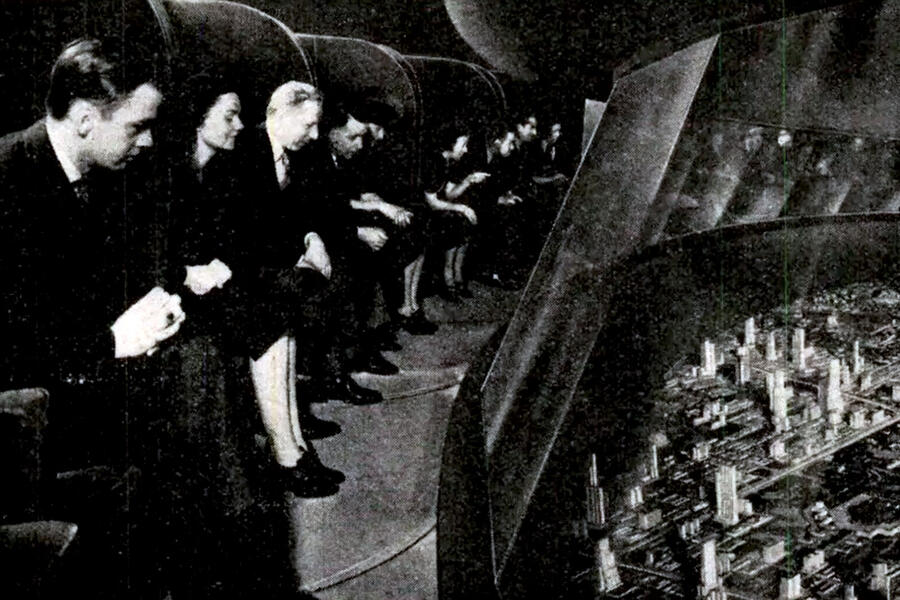


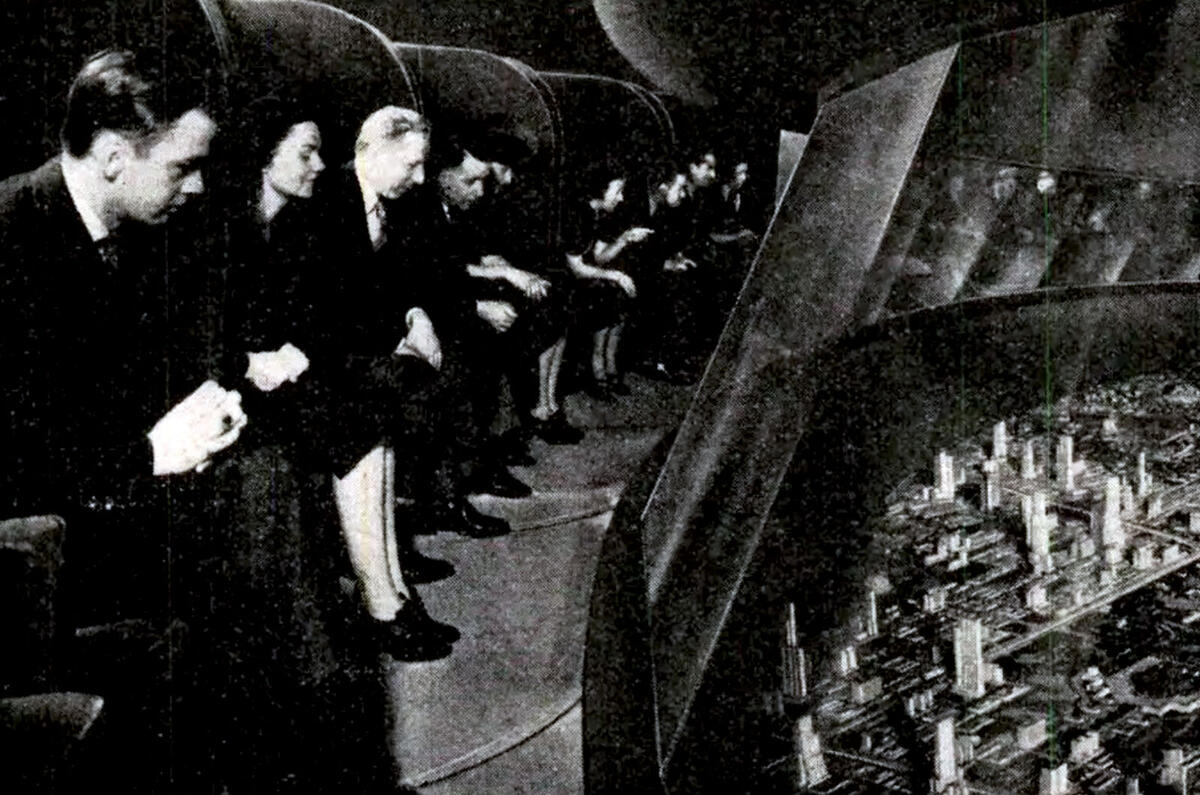
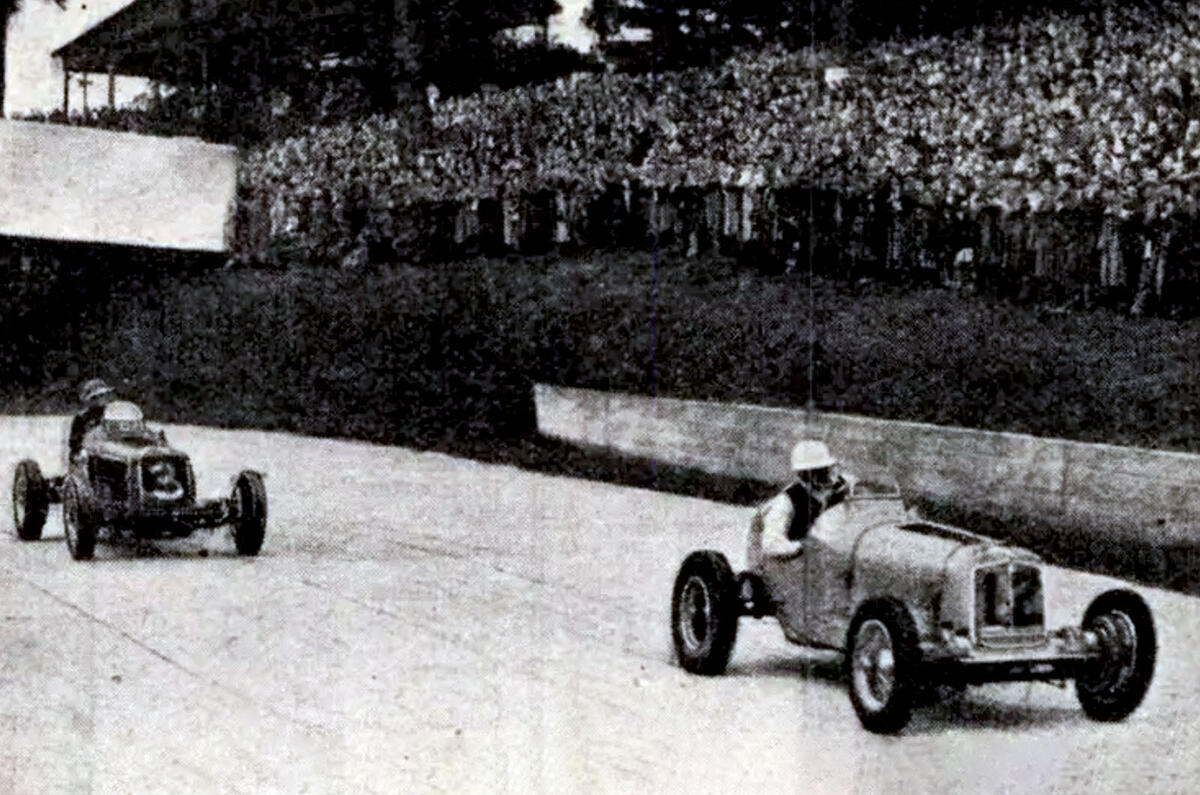
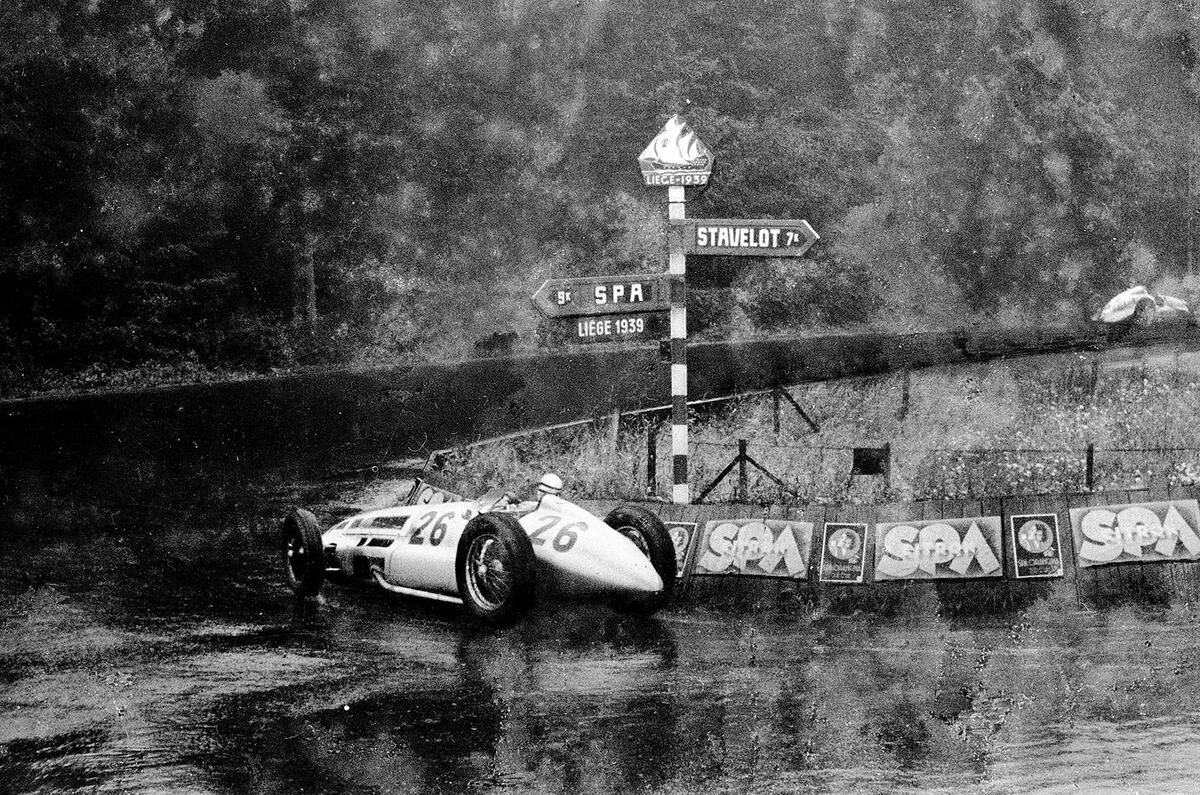
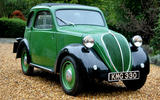
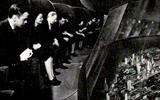
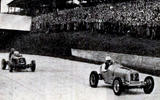



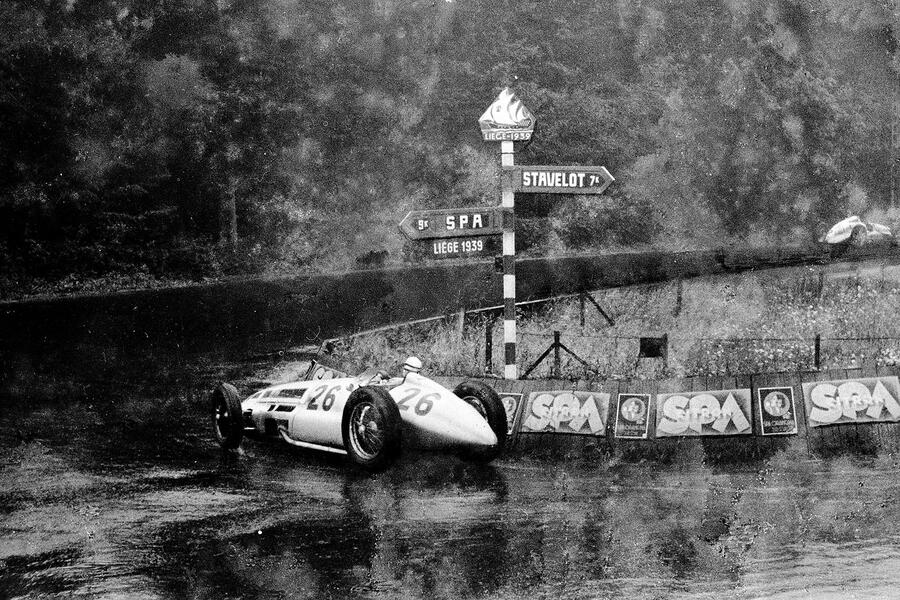

Add your comment